The world is filled with facts that seem too strange to be true, yet they are grounded in science, history, and nature. From geographic quirks to surprising human behaviors, these world facts stretch the limits of what most people assume about the planet. Whether you’re aiming to boost your trivia knowledge or just love discovering the unexpected, this list has something fascinating for everyone.
Bananas Are Berries, But Strawberries Are Not

Botanically, bananas qualify as berries because they develop from a single flower with multiple ovaries and have both skin and seeds embedded inside. The structure of a true berry includes three layers: the exocarp (outer skin), mesocarp (flesh), and endocarp (inner part that houses seeds). Bananas fit this perfectly. Strawberries, by contrast, are not true berries. Their seeds are on the outside, and they develop from a flower with multiple ovaries, which disqualifies them botanically. This makes strawberries an aggregate fruit instead. It is a fun contradiction that what we consider berries in everyday language often do not meet the scientific definition.
You Cannot See the Great Wall of China from the Moon
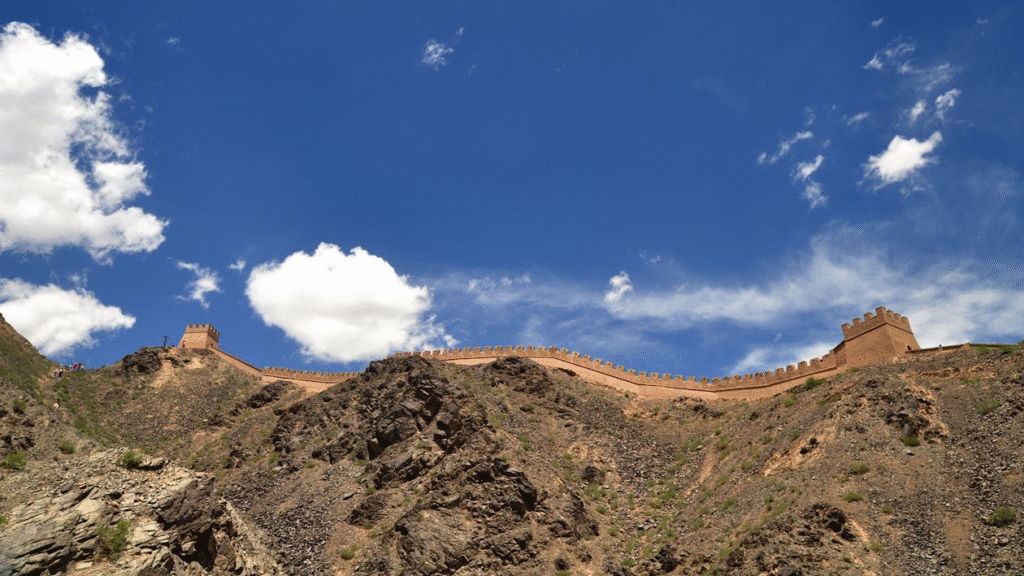
The Great Wall of China is long, but it’s not wide enough to be seen from the moon with the naked eye. Even astronauts in low Earth orbit struggle to see it without aid. The myth that it’s visible from space likely emerged during the early space age but has since been debunked by several astronauts. Visibility from space depends more on contrast than size, and the Great Wall blends into the surrounding landscape, making it hard to distinguish. However, from very low Earth orbit with the help of zoom lenses, astronauts may be able to spot it under ideal conditions. Still, it’s no more visible than highways, airport runways, or large farms.
Honey Never Spoils
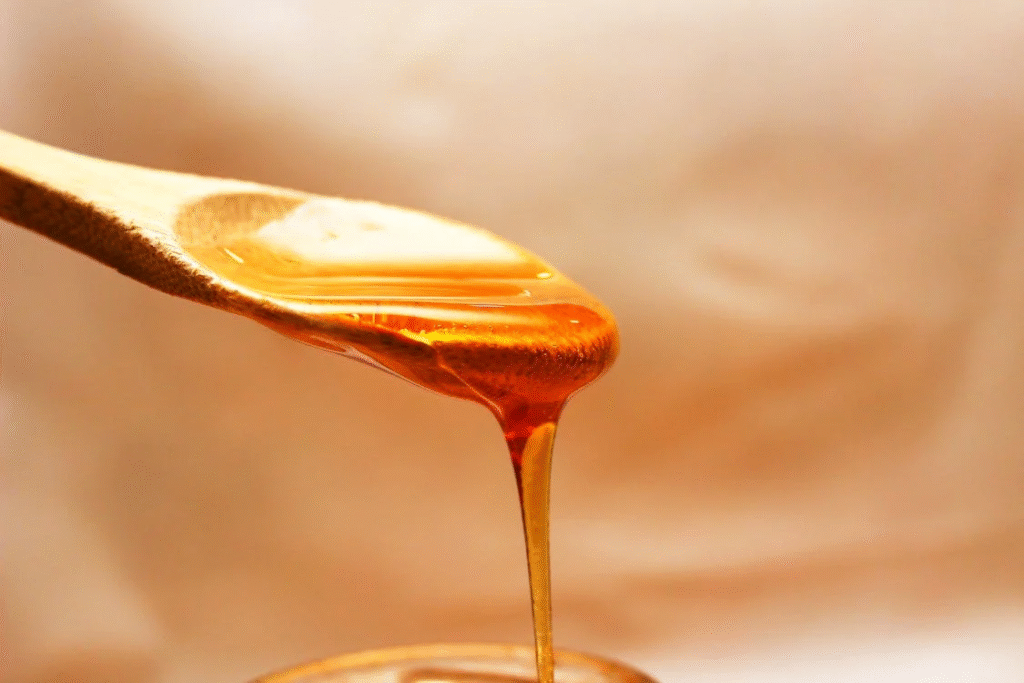
Archaeologists have found pots of honey in ancient Egyptian tombs that are over 3,000 years old and still edible. Honey’s low water content and high acidity prevent bacteria and microorganisms from growing, making it one of the most shelf-stable foods on Earth. In fact, honey contains natural preservatives like hydrogen peroxide and glucose oxidase. These help prevent fermentation and spoilage. Sealed containers of honey have remained unspoiled for centuries. Because of this, honey has been used both as food and medicine throughout history. Its antibacterial properties also made it a favorite for wound care in ancient civilizations.
Octopuses Have Three Hearts and Blue Blood
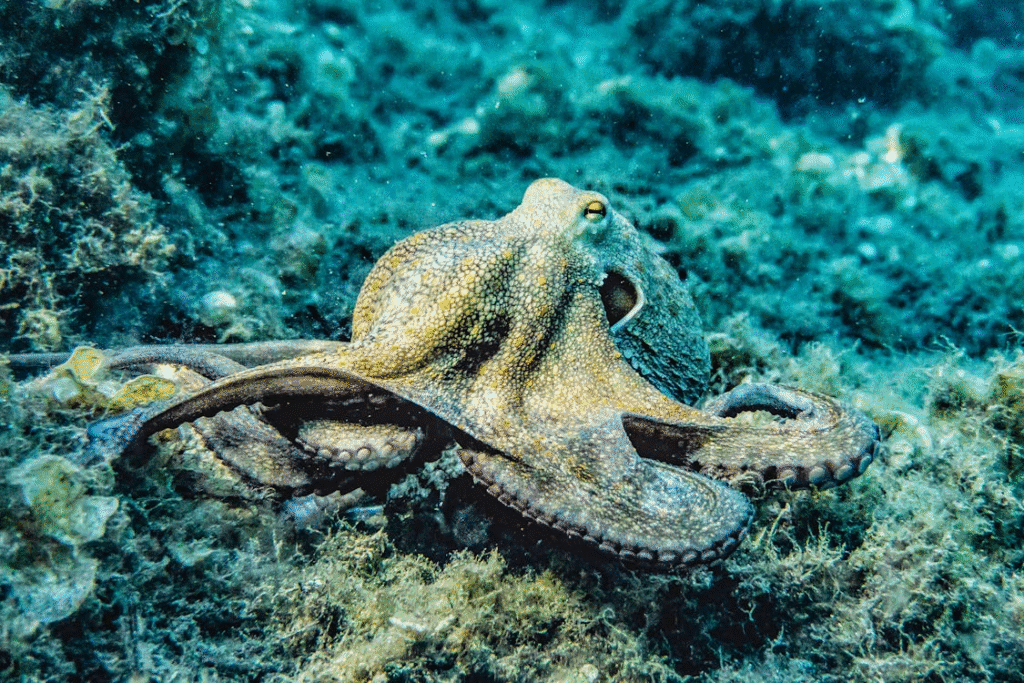
Two of an octopus’s hearts pump blood to the gills, while the third pumps it to the rest of the body. When the octopus swims, the main heart stops, which is why these creatures prefer crawling to swimming. Their blood is blue due to a copper-based molecule called hemocyanin, which transports oxygen more efficiently in cold, low-oxygen environments. This makes them uniquely adapted to their underwater surroundings. The three-heart system is energy-intensive, which adds to the reason octopuses are short-lived and solitary. Their complex circulatory system reflects their intelligence and survival adaptations in the deep sea.
Antarctica Is the Largest Desert in the World

Despite being covered in ice, Antarctica qualifies as a desert because it receives very little precipitation. It gets less than 20 millimeters of rain per year, which is less than most of the Sahara. Deserts are defined not by heat, but by dryness. Antarctica’s vast expanse of ice does not change its status as a polar desert. The lack of moisture in the air and extreme temperatures prevent significant snow accumulation. Surprisingly, the inner parts of the continent are drier than many arid deserts. This unique classification shows that deserts are more diverse than the image of endless sand dunes.
Sharks Have Been Around Longer Than Trees
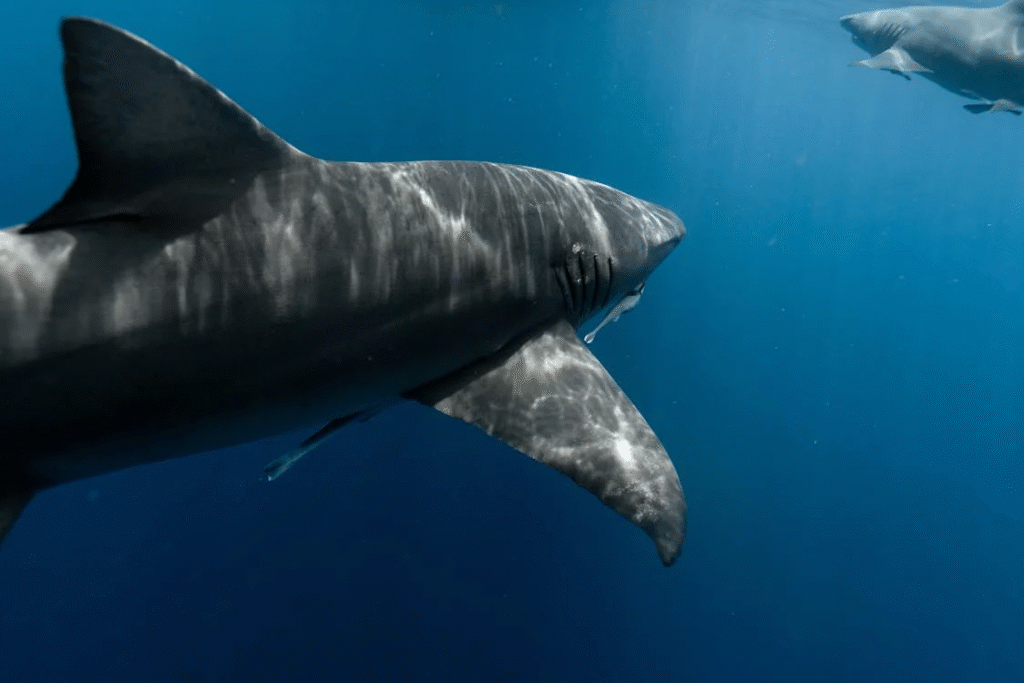
Sharks have existed for over 400 million years. Trees, by comparison, have only been around for about 350 million years. That means sharks swam the oceans before the first tree rooted into the ground. Fossils of ancient sharks reveal that these creatures evolved during the Devonian period, while the earliest trees emerged during the late Devonian. Sharks have survived multiple mass extinction events, making them one of the most resilient species on Earth. Their long history highlights how adaptable and successful they have been in Earth’s changing oceans. This fact challenges the idea that trees symbolize the oldest forms of life.
Russia Has More Surface Area Than Pluto

Russia spans over 17 million square kilometers. Pluto, on the other hand, has a surface area of about 16.7 million square kilometers. Despite being classified as a dwarf planet, Pluto is still smaller than a single country on Earth. This surprising comparison gained attention when Pluto was reclassified in 2006. It helps people understand how vast Earthly territories can be. Russia’s landmass covers more than one-eighth of Earth’s inhabited land area, crossing eleven time zones. When compared side-by-side, the scale of Russia is mind-blowing, especially since Pluto once held the title of ninth planet in the solar system.
There’s a Town in Norway That Experiences No Sunrise for Months

Tromsø, Norway, lies above the Arctic Circle and does not see the sun rise for about two months during winter. This phenomenon, called polar night, occurs due to the tilt of Earth’s axis. The town falls into total darkness, though some light appears as twilight. Locals adjust their schedules with artificial lighting and embrace the change with festivals and community events. The region’s culture has adapted to the long darkness and subsequent midnight sun in summer. Despite extreme light fluctuations, residents report lower rates of seasonal depression than expected. Community, routine, and social bonds are key to managing months of darkness. Additionally, the psychological resilience of Tromsø’s citizens has become a topic of study among researchers trying to understand how communities adapt to polar extremes. Cultural traditions, shared meals, and a focus on indoor coziness, known as “koselig,” help people thrive despite the sun’s prolonged absence.
Humans Glow in the Dark

Humans emit a small amount of visible light due to metabolic reactions in the body. This bioluminescence is about 1,000 times weaker than the human eye can detect. The glow fluctuates throughout the day, peaking in the afternoon. The light is the result of chemical reactions between free radicals and lipids or proteins in our bodies. Special imaging equipment can detect it. Though invisible to us, the light pattern reflects bodily rhythms and oxidative stress levels. Scientists are studying this glow to explore its potential in early disease detection and stress monitoring. It’s an unseen layer of our biology that still holds mysteries. The discovery of human bioluminescence also raises questions about how other animals perceive us. Some creatures can detect these light emissions, meaning we may appear quite different to species with ultraviolet or infrared vision. This fact highlights how much of reality remains hidden to the naked eye.
Tomatoes Were Once Feared in Europe
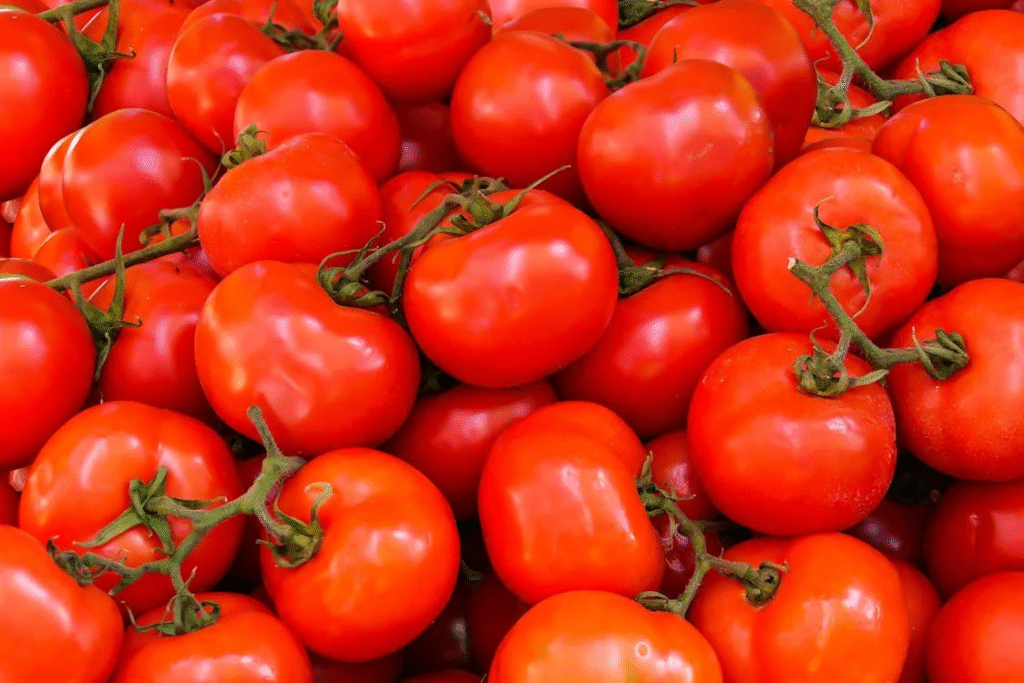
During the 1700s, many Europeans believed tomatoes were poisonous. The acidic fruit leached lead from pewter plates, which led to lead poisoning and caused the tomato’s bad reputation. Wealthy individuals were especially affected because they used pewter tableware, unlike poorer communities who safely consumed tomatoes from wooden or ceramic dishes. This led to the nickname “poison apple.” It took years and cultural shifts, including the spread of Italian cuisine, for tomatoes to become widely accepted. Today, tomatoes are staples in countless dishes, but their journey from fear to fame reflects a fascinating food history. The stigma also slowed tomato cultivation in northern climates, where suspicion lingered. Eventually, scientific understanding and global food trade helped rehabilitate the tomato’s image. Now, it’s hard to imagine a world without pasta sauce, ketchup, or bruschetta.
There Are More Fake Flamingos Than Real Ones
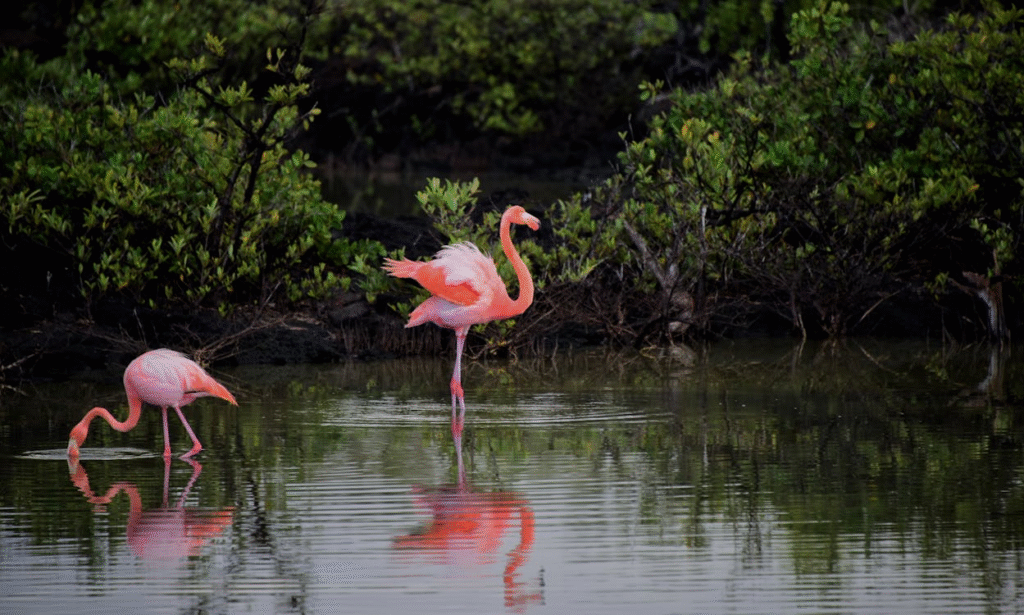
Thanks to lawn decorations, the number of plastic flamingos in the world has surpassed the number of actual flamingos. This quirky statistic highlights the oddities of consumer culture. The first plastic flamingo was designed in 1957 by Don Featherstone and quickly became a symbol of kitsch Americana. Today, they’re found in gardens, parties, and even art galleries. While wild flamingo populations fluctuate, the global reach of their plastic counterparts has steadily grown. The fact serves as both a humorous note and a commentary on mass production and cultural icons that outnumber their living inspirations. The plastic flamingo also represents a movement in pop art and retro decor, inspiring ironic appreciation and social commentary alike. Its transition from lawn gag to cultural artifact is a story of irony meeting design.
Pineapples Take Two Years to Grow

Each pineapple plant only produces one fruit every two years. That long maturation process makes them more labor-intensive to grow compared to many other fruits. After flowering, the fruit takes several months to mature. Farmers must carefully manage temperature, sunlight, and soil conditions throughout this time. Once harvested, the plant may produce one more fruit, called a ratoon crop, before becoming unproductive. This slow cycle adds to pineapple costs and explains why they were once a luxury item. In history, pineapples were even rented out for display due to their rarity and expense. In colonial times, owning a pineapple was a status symbol, with people displaying them at dinner parties without even eating them. Today, while more affordable, their lengthy growing process still affects supply chains and pricing in tropical fruit markets.
The Shortest War Lasted 38 Minutes

The Anglo-Zanzibar War of 1896 holds the record for the shortest war in history. It ended in just 38 minutes after British forces bombarded the palace of the Sultan of Zanzibar. The conflict began over succession issues following the death of Sultan Hamad bin Thuwaini. Britain favored one successor, while another took control without their approval. The ultimatum was issued, and when ignored, war broke out and ended swiftly. Casualties were heavily one-sided, with significant damage to the Sultan’s palace. The war’s brevity and the disproportionate response underscore the geopolitical dynamics of colonial rule. It also shows how quickly military technology can overwhelm less-equipped forces. Today, the event is studied as an example of imperial diplomacy and naval power projection.
Some Turtles Can Breathe Through Their Butts

Certain turtle species, like the Fitzroy River turtle, have the ability to absorb oxygen through their cloacas. This adaptation allows them to remain submerged for long periods. The process, called cloacal respiration, functions like gill breathing, drawing oxygen from water. It’s most common in freshwater turtles living in oxygen-poor environments. This unique trait provides a survival advantage in times of drought or cold when surfacing is risky. It also enables hibernation under ice in winter. Scientists study this adaptation for its potential applications in human medical technology and survival biology. The mechanism is so efficient that some turtles can survive months without surfacing. This evolutionary feature showcases how organisms adapt to extreme environmental challenges with creative biological solutions.
Read More: 22 Surprising Animal Facts You Had No Idea Could Be True
A Group of Flamingos Is Called a Flamboyance
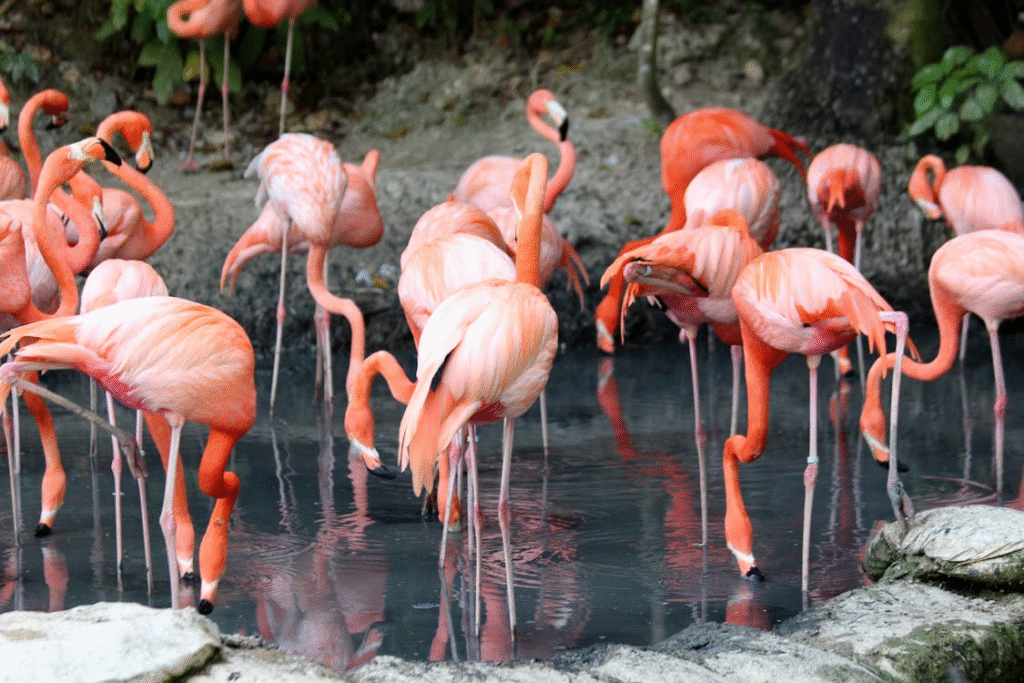
Many animal group names are colorful, but none more so than a “flamboyance” of flamingos. The term reflects both their striking color and social nature. Flamingos thrive in large groups for feeding, breeding, and protection. Their pink coloration comes from carotenoids in their diet, and their synchronized group behavior adds to their flamboyant image. The word itself has become popular in pop culture, appearing in clothing, branding, and social media captions. It captures the spirit of these elegant, social birds in a single, vibrant word. Flamingos’ coordinated displays are not just for show—they help maintain social hierarchies and mate selection. Their flamboyant movements are part of an evolved survival strategy wrapped in beauty.
Cows Have Best Friends

Studies have shown that cows form strong social bonds and display signs of stress when separated from their close companions. These relationships help reduce anxiety and increase overall well-being among herds. Researchers observed that cows kept with their preferred partners had lower heart rates and fewer signs of cortisol-related stress. Much like humans, cows thrive in social environments where companionship and familiarity exist. These findings are influencing farming practices, encouraging humane treatment and welfare standards that consider emotional needs. Some farms now let cows choose their herdmates for this reason. This emotional intelligence in cows reflects the growing recognition that farm animals have complex social lives and should be treated accordingly.
The Longest Place Name Has 85 Characters

A hill in New Zealand holds the record with the name “Taumatawhakatangihangakoauauotamateaturipukakapikimaungahoronukupokaiwhenuakitanatahu.” It translates to “The summit where Tamatea, the man with the big knees, who slid, climbed and swallowed mountains, known as the land-eater, played his flute to his loved one.” The name reflects the Maori tradition of oral storytelling and the importance of ancestral history in place names. Locals often abbreviate it to Taumata Hill for convenience. Despite the name’s length, it has become a tourist attraction and a source of national pride. The name appears on signs, maps, and even souvenirs, highlighting the unique linguistic heritage of New Zealand’s indigenous population. It’s a perfect example of how language, culture, and geography intersect in unexpected ways.
Humans Share 60 Percent of Their DNA with Bananas

While we are obviously very different from bananas, about 60 percent of our genes are similar. This points to shared ancestry in the very distant evolutionary past. All living things share some portion of genetic code, which reflects our common biochemical foundations. The statistic doesn’t mean we are part banana, but rather that life on Earth evolved from shared building blocks. Scientists use these genetic similarities to study gene function and evolutionary history. It also helps researchers test medical treatments and understand inherited diseases. This surprising fact reminds us of the deep connections that link all life forms, even those that seem unrelated.
Peanuts Aren’t Actually Nuts
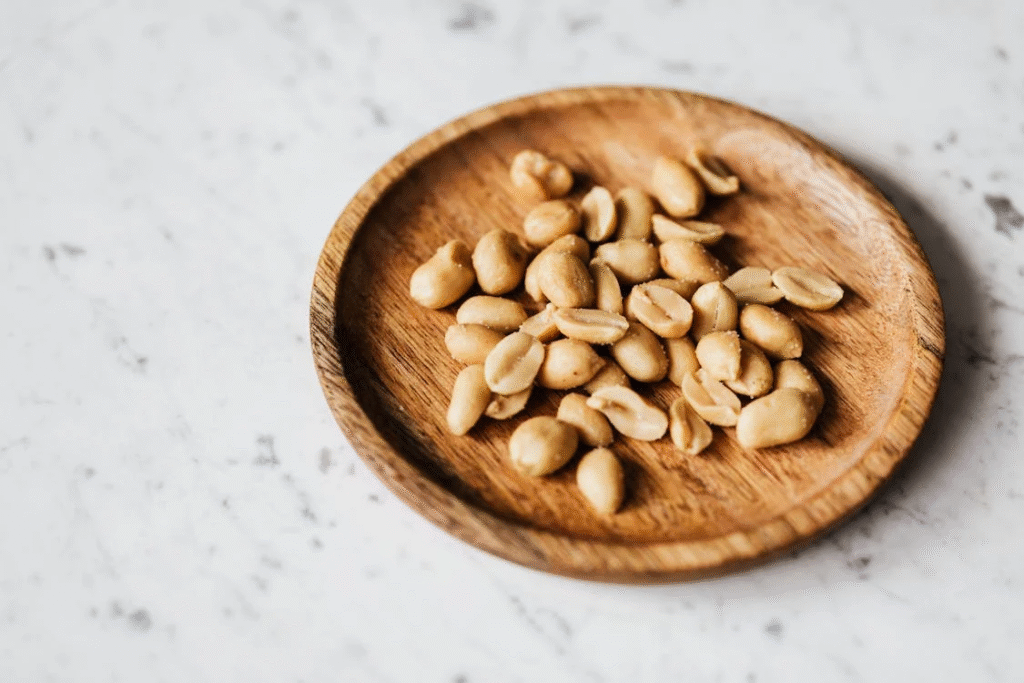
Botanically, peanuts are legumes. Unlike tree nuts, they grow underground and are related to beans and lentils. True nuts like almonds and walnuts grow on trees and develop from a single ovary. Peanuts, however, form in pods and are part of the same plant family as soybeans and chickpeas. Their nutritional profile is similar to tree nuts, which leads to the confusion. Despite the name, they’re closer to peas than walnuts. This classification matters in agriculture, allergy research, and food labeling. Understanding the science behind food categories can shift how we see everyday items in our kitchens. It also affects crop rotation and soil health in farming.
The World’s Largest Snowflake Was 15 Inches Wide
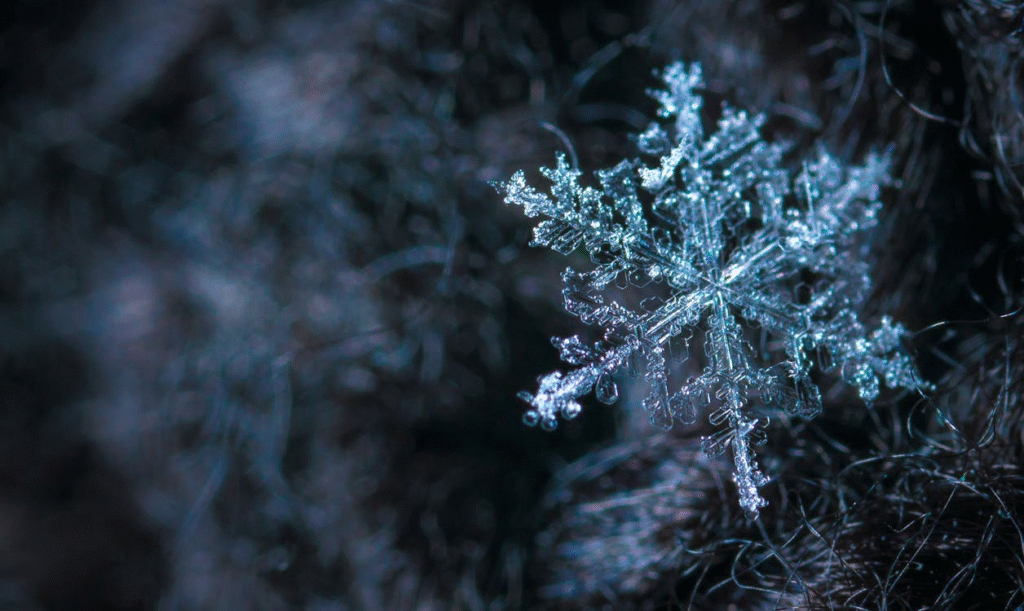
Recorded in Montana in 1887, this enormous snowflake was said to be larger than a dinner plate. Although there’s no photographic evidence, it remains in weather lore. Eyewitness accounts describe soft, delicate flakes that clustered into unusually large shapes. Meteorologists explain that large flakes can form under specific humidity and temperature conditions that allow multiple crystals to stick together. While it’s hard to verify the exact size, giant flakes do occur occasionally during calm, damp snowfall. The story endures as a testament to the incredible variety of forms that snow can take, from microscopic crystals to massive aggregates.
Tigers Have Striped Skin, Not Just Fur
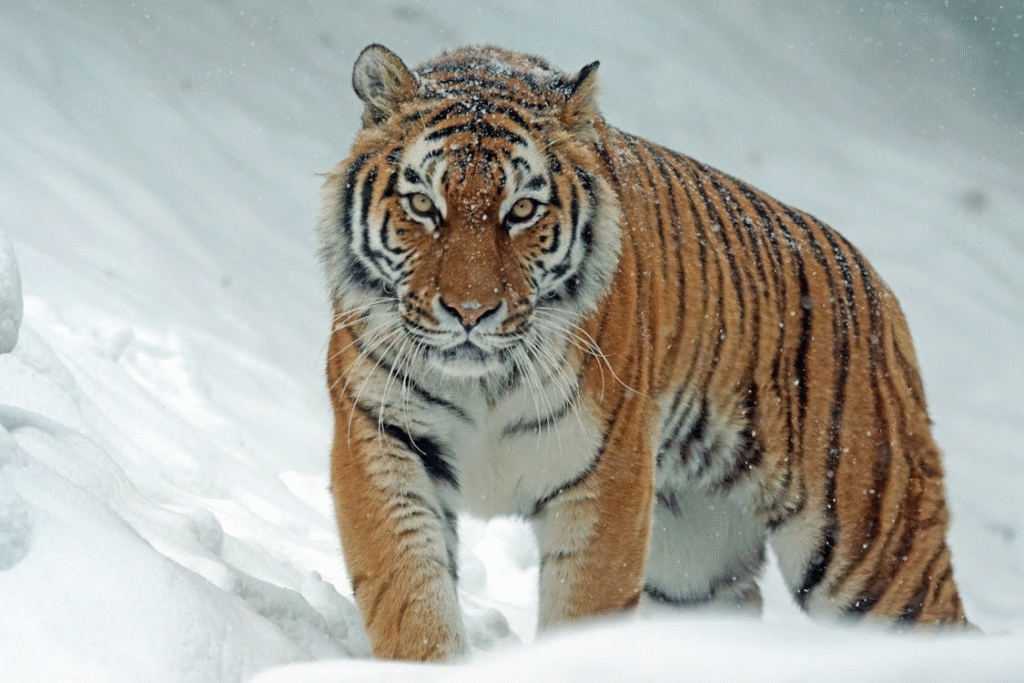
Even if shaved, a tiger’s skin shows the same stripe pattern as its fur. The pigmentation reaches deep into the skin layers, making it unique to each tiger. Just like human fingerprints, no two tigers have the same pattern. This feature helps camouflage them in the wild, blending into shadows and tall grasses. The stripes serve both as a hunting advantage and a defense mechanism. Researchers use stripe patterns for identification and tracking of wild tigers. This natural design plays a critical role in conservation efforts and scientific studies. It’s a vivid example of how evolution tailors animals for survival and individuality.
Scotland’s National Animal Is a Unicorn
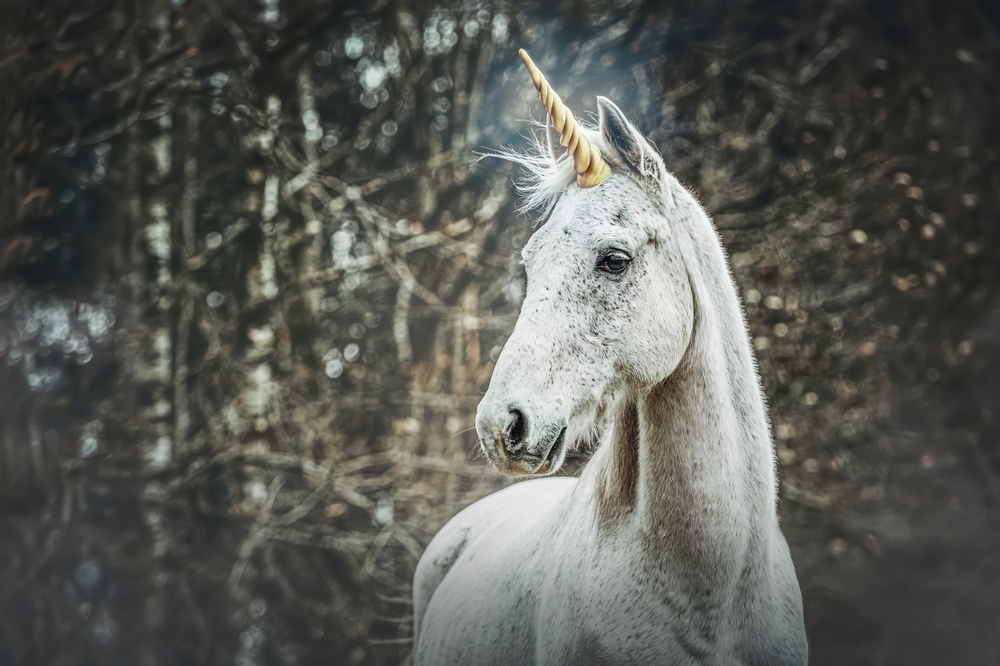
The unicorn, a mythical creature, is the national animal of Scotland. It represents purity and power and has been used in Scottish heraldry for centuries. The choice reflects a deep love for folklore and symbolism in Scottish culture. Unicorns appear in ancient stories and royal seals, often chained to represent the strength of the Scottish crown. The mythical beast became part of the British royal coat of arms after the union with England. Today, unicorn statues and images can be found across Scottish architecture and art. The national identity embraces both history and imagination, blending legend with national pride.
Bacteria Can Survive in Space

Certain bacteria, such as Deinococcus radiodurans, have survived unshielded exposure to space. This has sparked debates about panspermia, the idea that life could travel between planets. These extremophiles withstand radiation, vacuum, and temperature extremes, thriving where most organisms perish. Experiments aboard the International Space Station have shown that microbial spores can survive for years in space if shielded by dust or rock. This discovery challenges assumptions about the fragility of life and expands our understanding of potential life beyond Earth. Studying these microbes also has implications for planetary protection policies and the search for extraterrestrial organisms.
The Moon Smells Like Gunpowder
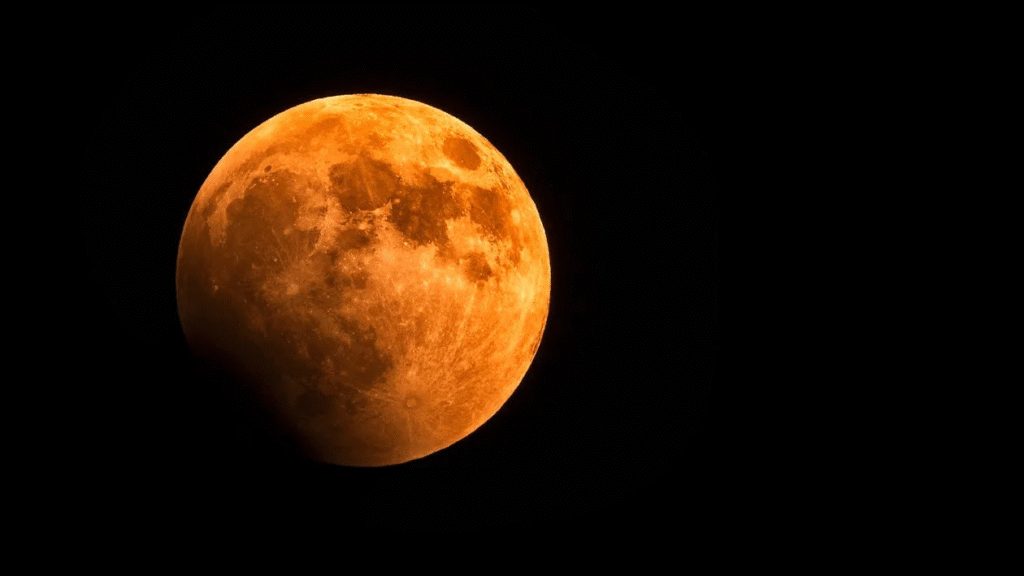
Astronauts who walked on the moon reported that moon dust had a distinct smell similar to gunpowder after it clung to their suits. The lunar surface is covered with fine, sharp-edged dust particles called regolith, which get electrostatically charged and stick to everything. Although astronauts couldn’t smell the dust in the vacuum of space, once they returned to their lunar module and removed their helmets, the scent lingered on their suits. Scientists believe the smell comes from ionized particles reacting with oxygen inside the cabin. While moon dust is odorless in space, the reactions it triggers create this burned-metal smell that left a memorable impression on moonwalkers. This small sensory detail adds a human layer to our understanding of lunar exploration.
A Blue Whale’s Heart Is the Size of a Small Car

Weighing around 180 kilograms, a blue whale’s heart is massive and can be heard beating from two miles away underwater. It pumps roughly 220 liters of blood per beat and supports the whale’s enormous body, which can grow over 30 meters long. The heart has four chambers, just like humans, but operates on a scale that dwarfs ours. Blue whales are the largest animals to ever live on Earth, and their circulatory system reflects their size. Even their arteries are so wide a small child could crawl through them. This awe-inspiring physiology helps scientists understand how life can scale in extreme marine environments.
Rainbows Can Appear at Night
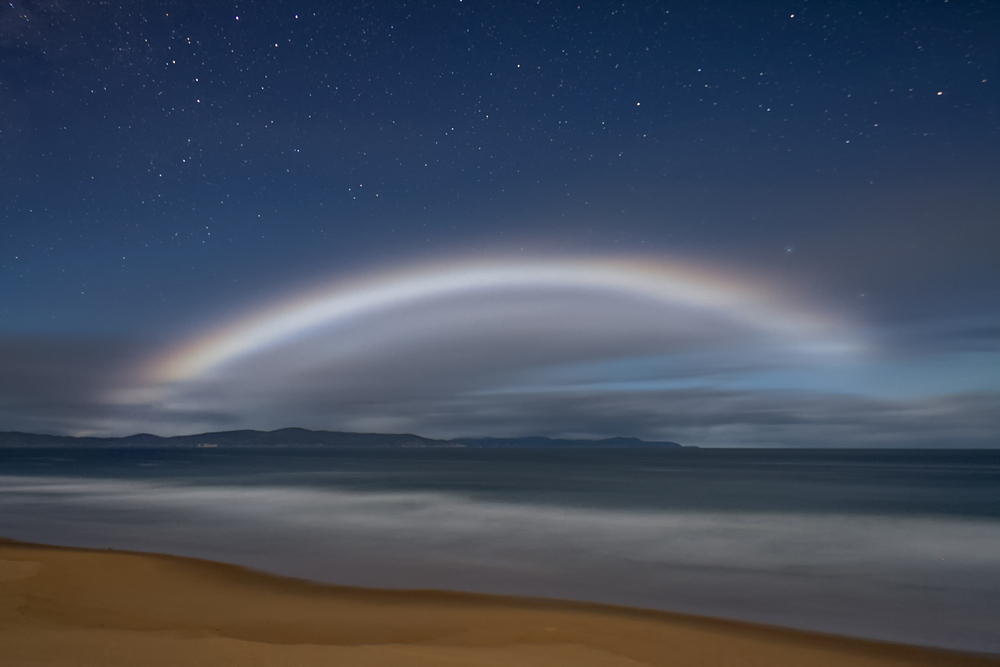
Called “moonbows” or lunar rainbows, these rare events occur when moonlight reflects off water droplets. They are usually white due to low light levels, and require specific conditions to form—clear skies, a bright full moon, and moisture in the air. Most moonbows are faint, often appearing as pale arcs, but under ideal conditions, some display faint color bands. Locations such as Cumberland Falls in Kentucky and Victoria Falls in Africa are known for frequent moonbows. This natural phenomenon blends lunar beauty with atmospheric science, creating a surreal visual experience that few ever witness in person. They remind us that the night sky holds just as much wonder as the day.
The Sahara Desert Was Once Lush and Green

Fossil evidence shows that the Sahara used to be filled with lakes and vegetation. This “Green Sahara” period occurred several thousand years ago, driven by a cyclical shift in Earth’s axial tilt that affected monsoon patterns. Archaeological discoveries include ancient lakebeds, tools, cave paintings, and even fish bones in regions that are now barren. These findings indicate that people once lived, farmed, and fished in what is now a hostile desert. Scientists believe the Sahara transitions between desert and grassland every 20,000 years or so, based on orbital patterns. This fact highlights how climate change has shaped human history long before industrialization.
The Amazon Rainforest Produces 20 Percent of the World’s Oxygen
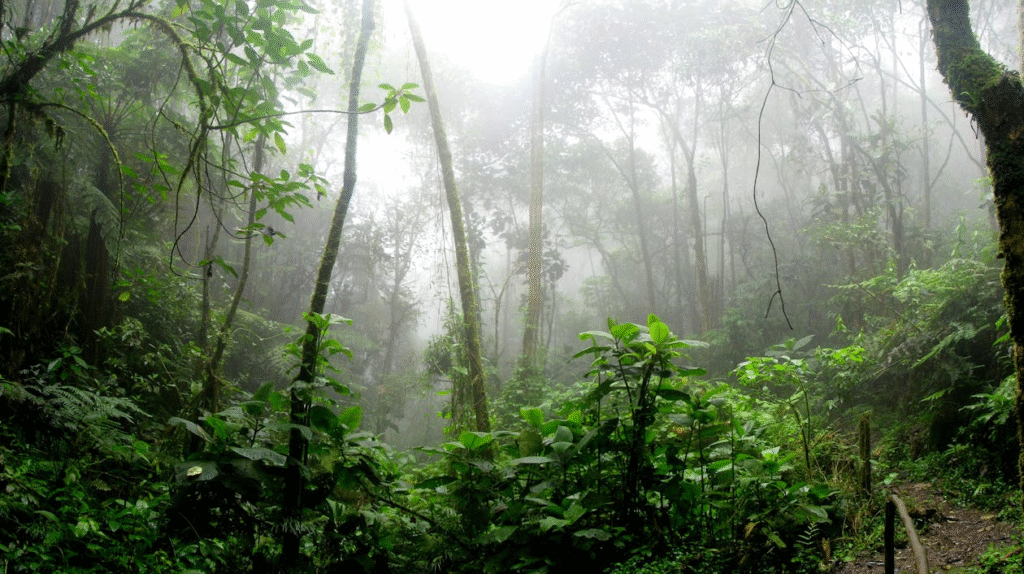
Often called the “lungs of the planet,” the Amazon rainforest plays a vital role in carbon and oxygen cycling. Its trees absorb vast amounts of carbon dioxide and release oxygen through photosynthesis. Covering more than 5.5 million square kilometers, it supports unmatched biodiversity and regulates weather systems. Although recent studies suggest the rainforest’s net oxygen contribution is closer to balanced due to decomposition and respiration, its role in carbon sequestration is critical. The Amazon also helps cool the planet and maintains rainfall across South America. Preserving it is essential not just for regional stability, but for global climate balance. Deforestation here has repercussions worldwide.
Sea Cucumbers Fight with Their Guts

When threatened, sea cucumbers can eject their internal organs to scare predators. These organs regenerate over time. This defense mechanism confuses or entangles attackers, buying the cucumber time to escape. Some even release toxic chemicals along with their organs to further deter threats. The regrowth process takes weeks, but it’s an effective evolutionary strategy. Found on sea floors around the globe, sea cucumbers play an important role in recycling nutrients. Their bizarre behavior reflects the often strange, resourceful adaptations of ocean life. Scientists continue to study them for insights into tissue regeneration and potential medical applications.
The World’s Deepest Postbox Is Underwater
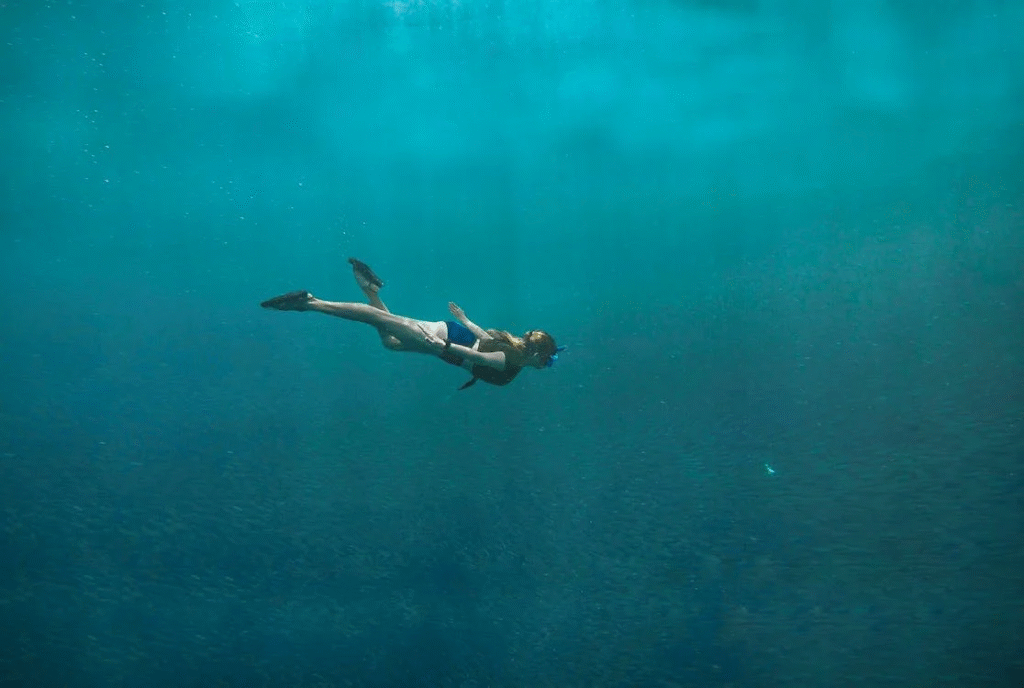
Located in Susami Bay, Japan, this postbox sits 10 meters underwater and is still used by divers to send waterproof postcards. Installed in 1999 to promote tourism, it became an official postal location and has processed over 38,000 pieces of mail. The postbox is waterproof and uses plastic cards sealed in protective pouches. Divers enjoy the novelty of writing a letter while submerged, adding a unique flair to their underwater adventures. This quirky attraction combines communication, marine activity, and local culture. It demonstrates how creative ideas can turn even simple services into international curiosities.
Earthquakes Can Turn Water into Gold

Geological studies show that earthquakes can cause pressure changes that rapidly convert mineral-rich fluids into gold deposits. This process is called flash vaporization. When seismic activity fractures underground rock, it releases pressure and instantly transforms liquid into vapor. Any dissolved minerals, including gold, precipitate out and accumulate in cracks. Over time, this contributes to vein formation in gold mines. The process happens deep beneath the surface but explains how rich gold seams are formed. This discovery shows that even natural disasters can create something of value. It has changed how geologists explore for gold and understand earth’s resource systems.
Humans Have More Than Five Senses

In addition to the traditional five senses, scientists recognize others like balance, temperature, pain, and proprioception, which helps you sense your body’s position. Proprioception allows you to touch your nose with your eyes closed or walk without looking at your feet. Other lesser-known senses include thirst, hunger, and even magnetoreception in some studies. These additional senses operate continuously, helping us navigate and survive. The human sensory system is a network of data points constantly relaying information to the brain. Understanding these senses expands our knowledge of the body and opens new paths for medical treatment and technology.
Jellyfish Are Immortal, Technically
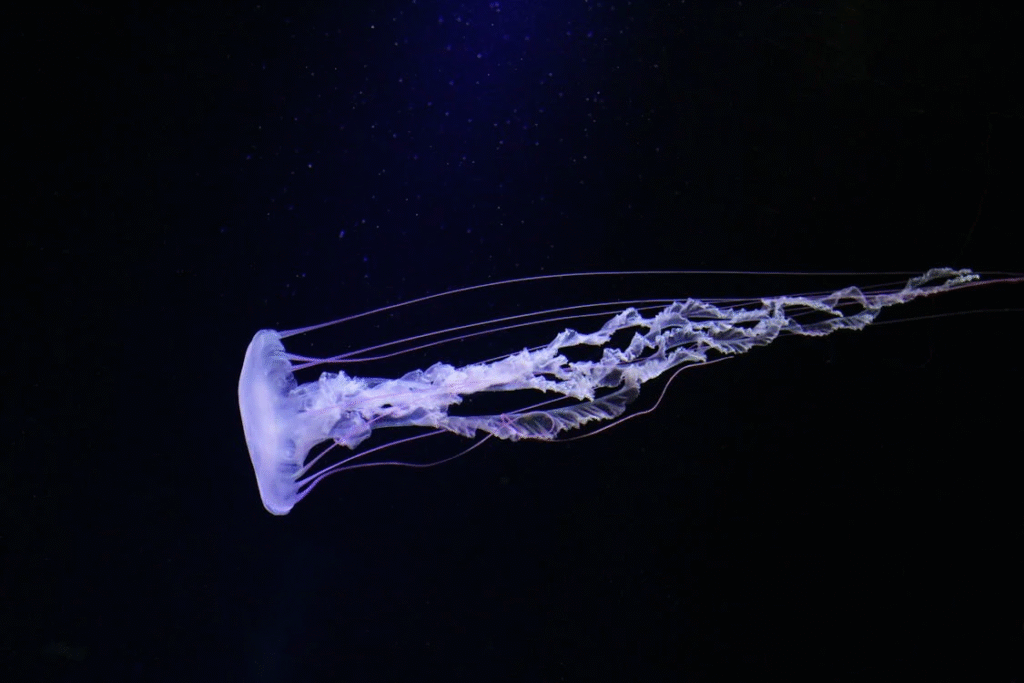
The Turritopsis dohrnii jellyfish can revert to its juvenile form after reaching maturity, essentially bypassing death unless killed by disease or predators. This ability is called transdifferentiation. It allows mature cells to transform into other types of cells, essentially starting life over. While not all jellyfish can do this, the Turritopsis species has fascinated scientists for its longevity. It’s being studied for insights into aging and regenerative medicine. In theory, this biological trick could offer clues to extending human lifespans or reversing tissue damage. Nature may hold secrets to aging more gracefully or even indefinitely.
Some Languages Have No Word for Left or Right

Certain indigenous languages, such as Guugu Yimithirr in Australia, use cardinal directions instead of left and right. Speakers might say, “your cup is north of the plate” rather than “your cup is to the left.” This system requires constant spatial awareness and results in excellent navigation skills. People fluent in these languages often instinctively know which way is north, even indoors. Linguists believe language shapes cognition, so speakers of direction-based languages may think about space differently. This highlights how language and perception are deeply intertwined. It challenges the assumption that all human experiences are linguistically universal.
Read More: 10 Little-Known Facts About the First Man on the Moon
A Year on Mercury Is Just 88 Days
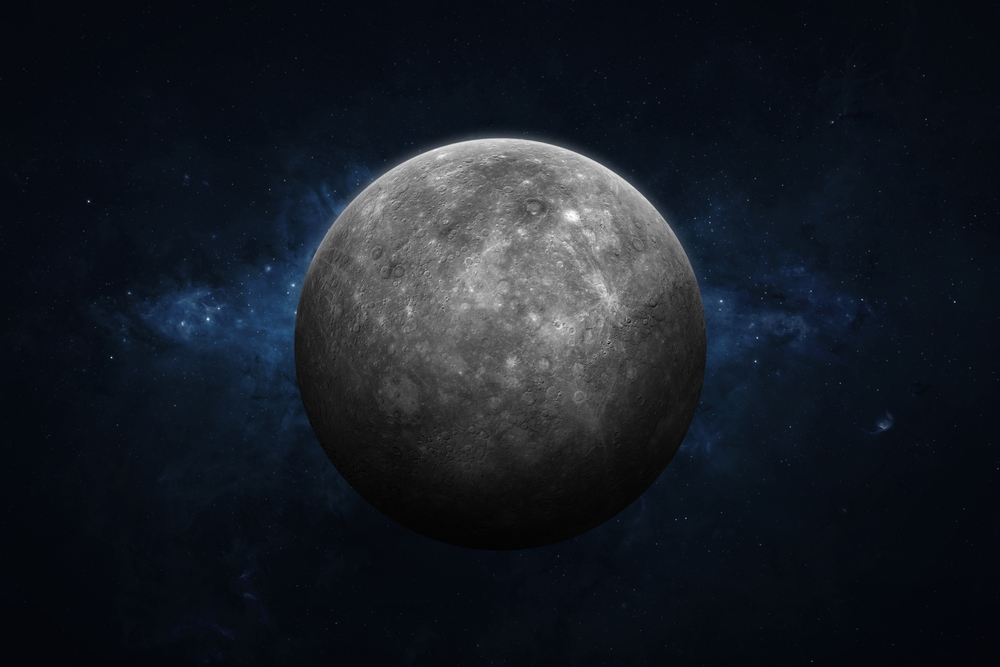
Mercury, the closest planet to the sun, has a very short orbital period. A year on Mercury lasts just 88 Earth days. However, because of its slow rotation, a day on Mercury (sunrise to sunrise) lasts about 176 Earth days. This makes Mercury one of the most unique planets in our solar system when it comes to time. Its surface temperatures swing dramatically between day and night due to the lack of atmosphere. Despite being closest to the sun, it’s not the hottest planet—that title belongs to Venus. Mercury offers key insights into planetary formation and solar interaction.
Your Stomach Gets a New Lining Every Few Days

The stomach’s acidic environment breaks down food and tissue alike. To protect itself, the stomach regenerates its lining every three to five days. The cells responsible for producing acid and mucus are constantly replaced. If this regeneration didn’t occur, the stomach would digest itself. This rapid renewal helps protect against ulcers and infection. Medical science relies on this understanding to develop treatments for digestive disorders. The lining’s resilience is also why the stomach recovers quickly from minor irritation, allowing it to continue breaking down food efficiently.
There Are More Stars Than Grains of Sand
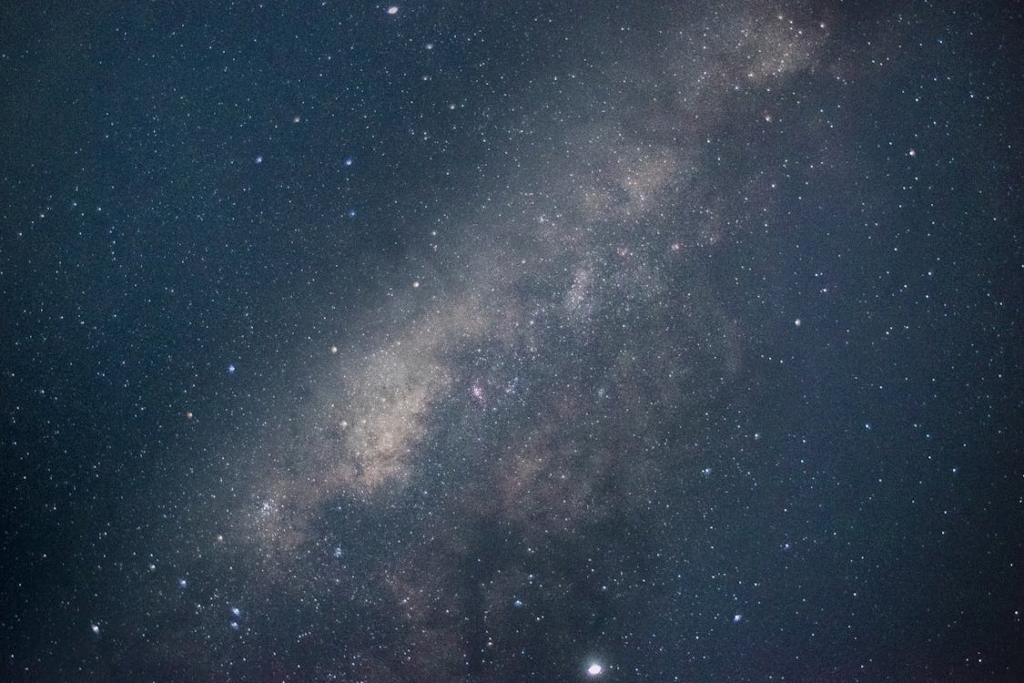
Astronomers estimate there are more stars in the universe than grains of sand on all Earth’s beaches. The observable universe contains over 100 billion galaxies, each with hundreds of billions of stars. In contrast, Earth’s beaches hold an estimated 7.5 x 10^18 grains of sand. The mind-boggling scale of the cosmos stretches human imagination. It underscores the enormity of space and our relatively small place within it. This fact inspires both scientific inquiry and philosophical reflection. It also drives technological advancements in telescopes and data processing as we continue exploring the stars.
The Shortest Commercial Flight Takes Less Than Two Minutes

In the Orkney Islands of Scotland, a flight between Westray and Papa Westray covers just 2.7 kilometers and typically lasts 90 seconds. Operated by Loganair, this route holds the Guinness World Record for the shortest scheduled passenger flight. In ideal conditions, the journey can be completed in under a minute. Despite its brevity, the flight plays a crucial role in connecting remote communities and providing access to schools, hospitals, and administrative services. The flight path crosses over picturesque coastal views, giving passengers a unique airborne experience. It also highlights the creative ways transportation adapts to local geography.
The Pacific Ocean Is Wider Than the Moon
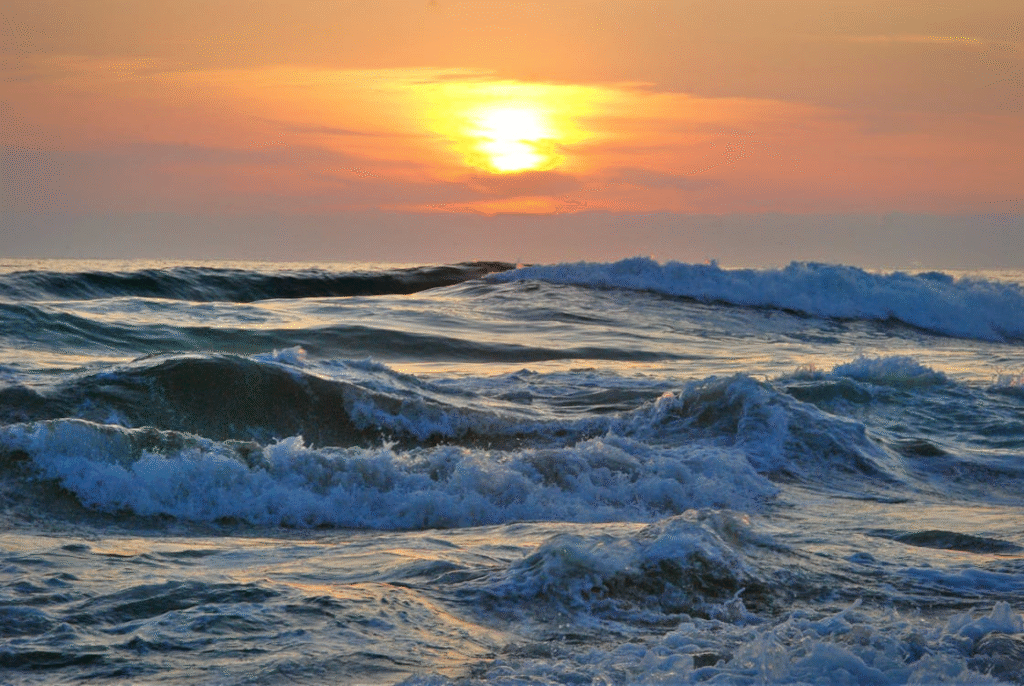
At its widest point, the Pacific Ocean spans approximately 19,000 kilometers, making it more than twice the diameter of the moon, which measures about 3,474 kilometers. This staggering comparison emphasizes the vast scale of Earth’s largest ocean. The Pacific covers more area than all landmasses combined and contains over 25,000 islands. It affects global climate, supports massive marine biodiversity, and drives key weather patterns like El Niño. This immense body of water plays a central role in Earth’s hydrological and ecological systems. Comparing it to the moon helps put our planet’s scale in a cosmic context.
Humans Can Survive Without a Large Portion of Internal Organs

A person can live without a stomach, one lung, one kidney, 80 percent of their intestines, their spleen, gallbladder, and even reproductive organs. While such conditions require medical support and lifestyle adjustments, survival is possible due to the body’s ability to compensate. Organ systems often overlap in function, allowing others to take over when one fails or is removed. Medical science and surgical advances have made it possible to remove diseased organs and still maintain quality of life. This resilience showcases the human body’s adaptability and has opened doors for transplants and life-saving interventions.
Wombat Poop Is Cube-Shaped
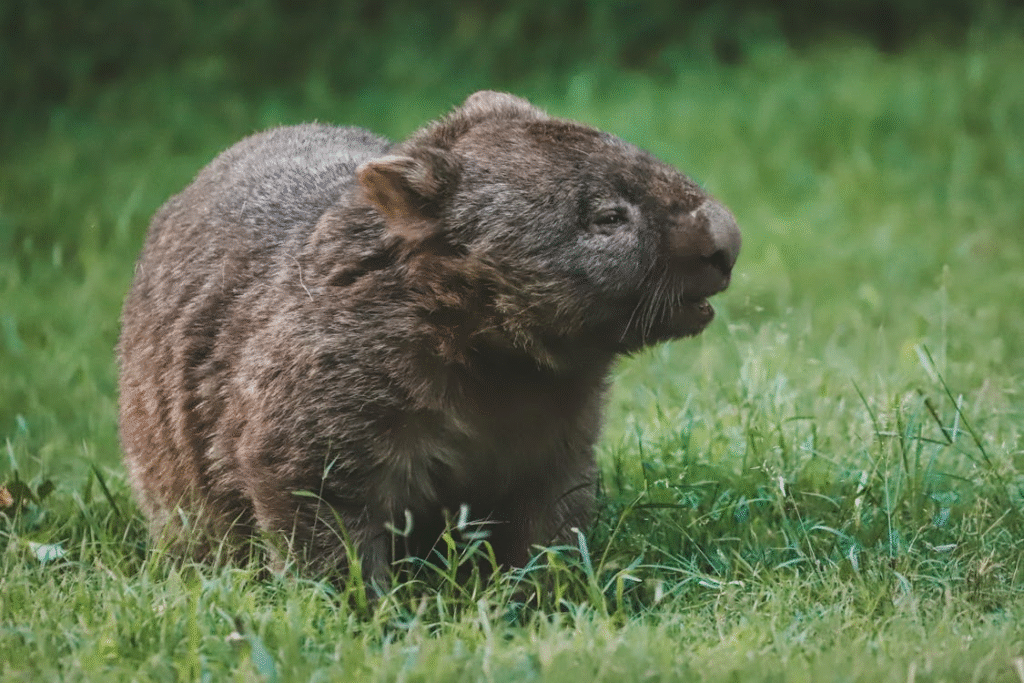
Wombats, native to Australia, produce cube-shaped feces due to their uniquely structured intestines and the way their muscles contract. These cubes are not just a biological quirk—they serve a purpose. Wombats use their droppings to mark territory, and the flat edges prevent them from rolling away. The process takes up to four days, during which the feces dry and form distinct edges. Scientists have studied this unusual shape to learn more about elasticity and pressure in biological systems. In fact, this phenomenon has even inspired innovations in manufacturing and soft robotics.
A Day on Venus Is Longer Than Its Year
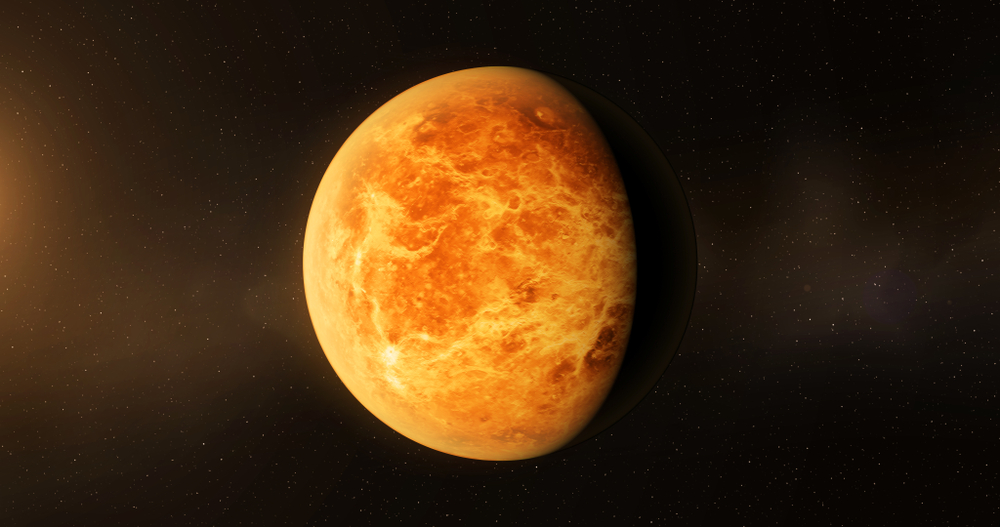
Venus rotates so slowly on its axis that one full rotation takes about 243 Earth days. However, it completes one orbit around the sun in only 225 Earth days. This means that a day on Venus is longer than a year. Additionally, Venus rotates in the opposite direction to most other planets, meaning the sun rises in the west and sets in the east. Its thick atmosphere of carbon dioxide and sulfuric acid clouds creates extreme greenhouse effects, making it the hottest planet in the solar system. Venus remains a subject of intense scientific study for its extreme climate and unusual rotation.
Hot Water Freezes Faster Than Cold Water

Known as the Mpemba effect, this counterintuitive phenomenon suggests that under certain conditions, hot water can freeze faster than cold water. Several factors contribute to this effect, including evaporation, convection currents, and supercooling. While not fully understood, scientists continue to experiment with variables like container shape, ambient temperature, and water composition to uncover consistent explanations. This effect has been observed since ancient times and remains a curious topic in physics. It serves as a reminder that even everyday phenomena can defy expectations and fuel scientific discovery.
A Leap Year Is Not Every Four Years Exactly

While leap years typically occur every four years to correct calendar drift, the rule has exceptions. If a year is divisible by 100, it is not a leap year unless it is also divisible by 400. That’s why the year 2000 was a leap year, but 1900 was not. This correction ensures that our calendar stays aligned with Earth’s orbit around the sun. The Gregorian calendar we use today was introduced in 1582 to fine-tune the Julian calendar’s inaccuracies. This system ensures that the seasons stay roughly in sync year after year, avoiding long-term drift.
Sloths Can Hold Their Breath Longer Than Dolphins
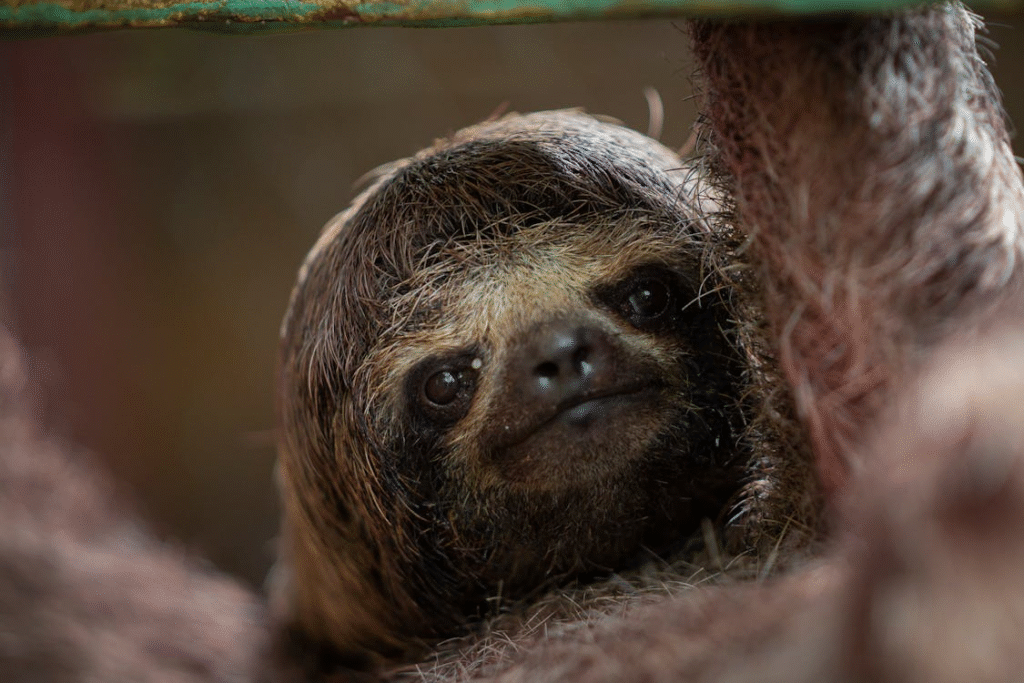
Sloths can hold their breath for up to 40 minutes, while dolphins typically surface every 10 to 15 minutes. Sloths achieve this by slowing their heart rate to one-third its normal speed, reducing oxygen use significantly. This breath-holding ability supports their survival in watery environments and helps them evade predators by remaining still for long periods. Unlike many animals, sloths’ unique physiology prioritizes energy conservation over speed. Their slow movements and low metabolism make this adaptation vital for survival. This feature also allows sloths to be surprisingly good swimmers despite their reputation for sluggishness on land.
The Eiffel Tower Grows in Summer

When temperatures rise, the metal of the Eiffel Tower expands, causing it to grow by up to 15 centimeters. This expansion is due to thermal energy increasing the kinetic activity of atoms in the iron structure. Engineers accounted for this effect during the tower’s construction, ensuring that expansion and contraction wouldn’t compromise its integrity. The seasonal growth is a visible reminder of how physics operates on even the most iconic monuments. As the temperature drops in winter, the metal contracts, and the tower returns to its original height. Tourists may not notice the change, but it’s a perfect example of thermal dynamics in architecture.
Read More: 6 Adorable Facts About The Secret Life Of Pygmy Hippos
Disclaimer: This article was created with AI assistance and edited by a human for accuracy and clarity.

